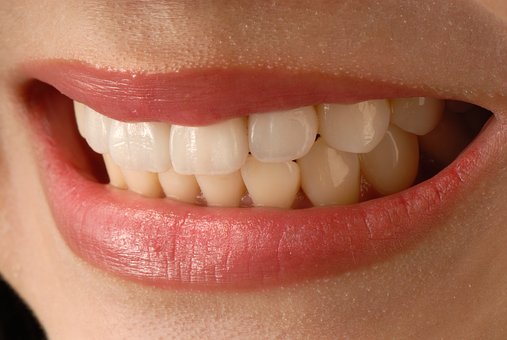
A bright, white smile has long been associated with good health, youth, and confidence. But have you ever wondered what actually happens during the teeth whitening process? Whether you're using an at-home kit or receiving professional treatment at a dental office, there's real science behind the sparkle. Let’s take a closer look at how teeth whitening really works.
What Causes Tooth Discoloration?
Before diving into the whitening process, it’s important to understand why teeth become discolored in the first place. Tooth enamel, the hard outer layer, can be stained by external factors such as coffee, tea, red wine, tobacco, and dark-colored foods. These are known as extrinsic stains. On the other hand, intrinsic stains originate from within the tooth and may be caused by aging, trauma, certain medications, or excessive fluoride.
The Role of Whitening Agents
Most teeth whitening products use either hydrogen peroxide or carbamide peroxide as the active ingredient. These agents work by breaking down into oxygen molecules, which penetrate the enamel and target the discolored molecules within the tooth. The oxygen molecules react with the stain compounds, breaking the chemical bonds and effectively “bleaching” the teeth from the inside out.
Professional vs. At-Home Whitening
While many over-the-counter whitening products use lower concentrations of peroxide, professional teeth whitening treatments — such as those offered at Castle Hills Dentistry — use higher concentrations for faster and more effective results. Dentists also take precautions to protect your gums and soft tissue during the process.
In-office treatments may also involve the use of specialized lights or lasers to accelerate the chemical reaction. However, recent studies show that while light can enhance the effect of whitening, the real star of the show is still the peroxide-based gel.
How Long Do Results Last?
The longevity of teeth whitening results varies depending on your lifestyle habits and oral hygiene. With proper care and regular dental visits, professional whitening can last from several months to a year or more. Avoiding stain-causing foods and drinks, using whitening toothpaste, and touch-up treatments can help maintain your smile longer.
Is It Safe?
Teeth whitening is generally considered safe when done correctly. However, temporary tooth sensitivity and gum irritation are common side effects, especially with overuse or improper application. That’s why it’s always best to consult with a dental professional before starting any whitening regimen.
In summary, the science behind teeth whitening is both fascinating and effective. By using oxygen-releasing agents to break apart stain molecules, you can achieve a noticeably brighter smile — safely and efficiently.












